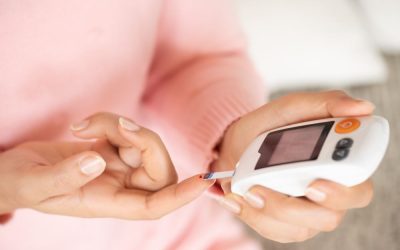Diabetes mellitus, or sugar disease, is a disorder characterized by an imbalance in the level of glucose (sugar) in the blood. This disease occurs when the pancreas completely or partially stops producing the hormone insulin or when the produced insulin is not...
Medical emergencies
Hyperglycemia
Hyperglycemia is a condition characterized by elevated blood sugar levels. Symptoms of hyperglycemia usually develop slowly and include thirst, frequent urination, and fatigue. Diabetic ketoacidosis (DKA) is a life-threatening condition that belongs to the acute...
Poisonous fish in the Adriatic
Poisonous fish in the Adriatic, in the Adriatic Sea some fish species have poisonous glands capable of producing certain amounts of poison. Some types of fish such as eels, moray eels and eels, as well as groupers, contain ichthylotoxins in their blood. The poisons in...
Burn assessment
The basic elements involved in assessing the severity of a burn are the depth and surface of the affected skin. EPIDERMAL (1st degree) The epidermis is minimally damaged. The skin is red. She is still sensitive. The skin is dry. No bubbles. SURFACE DERMAL (2a degree)...
Burns
Patients with burns are trauma patients and must be promptly treated according to the trauma algorithm! Burns are injuries caused by high temperature that exceeds the tolerance limit of the body (45°C). The average adult has 1.5 to 2 m2 of skin. It is undeniably...
Hyperthermia
Hyperthermia is a condition that occurs as a result of high temperatures or prolonged exposure to heat. It disrupts the body's ability to regulate temperature, due to which the body loses its natural cooling ability. Some medical conditions can reduce sweating,...
Hypothermia
Hypothermia, prolonged exposure to cold temperatures can lead to hypothermia, a condition in which the body temperature drops below 35 degrees Celsius. The severity of the condition can depend on a variety of factors, including the rate at which hypothermia occurs and...
Carbon monoxide poisoning
Carbon monoxide is a colorless, tasteless and odorless toxic gas that is a product of combustion. Inhaling this gas can damage red blood cells, preventing them from effectively carrying oxygen to body tissues. Exposure to carbon monoxide most often occurs indoors,...
Electric shock
Electric shock can cause life-threatening injuries and depends on various factors. Injuries caused by electric shock depend on the type of current (AC or DC), the voltage of the current passing through the body, the general health of the injured person, the path taken...










